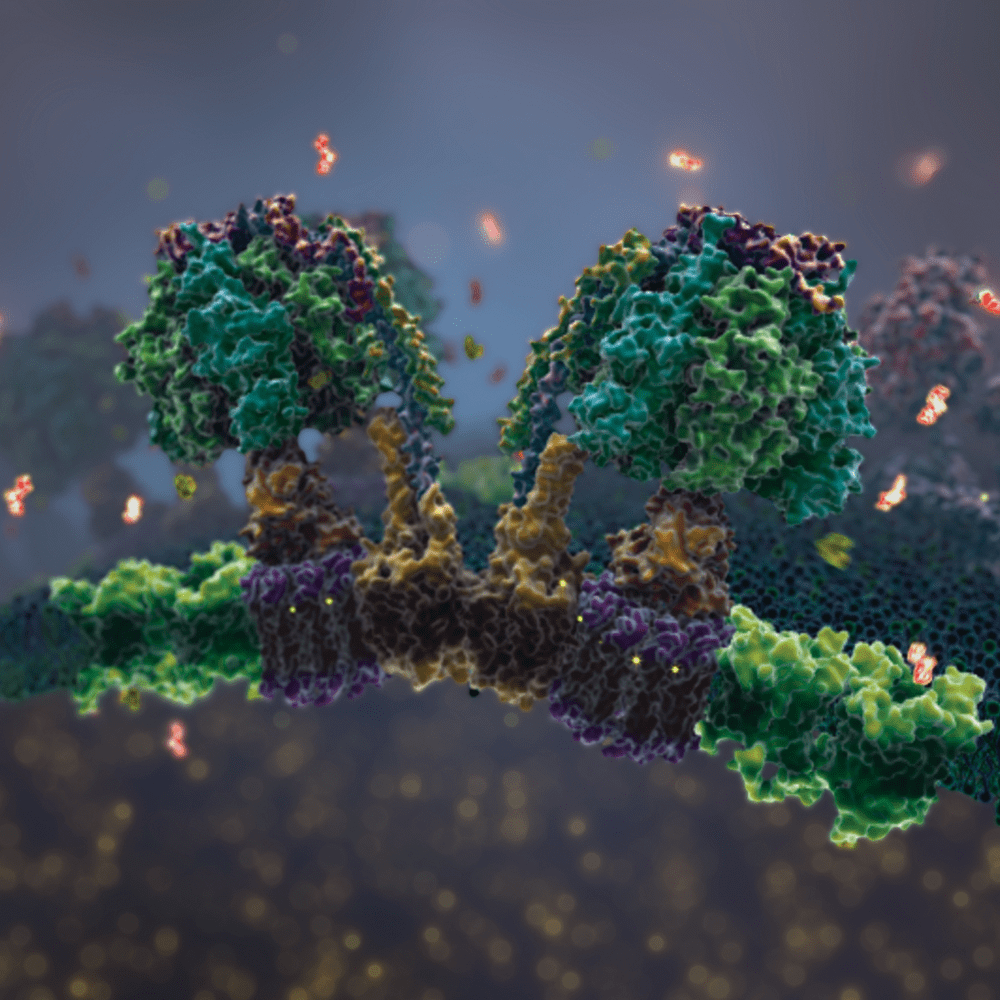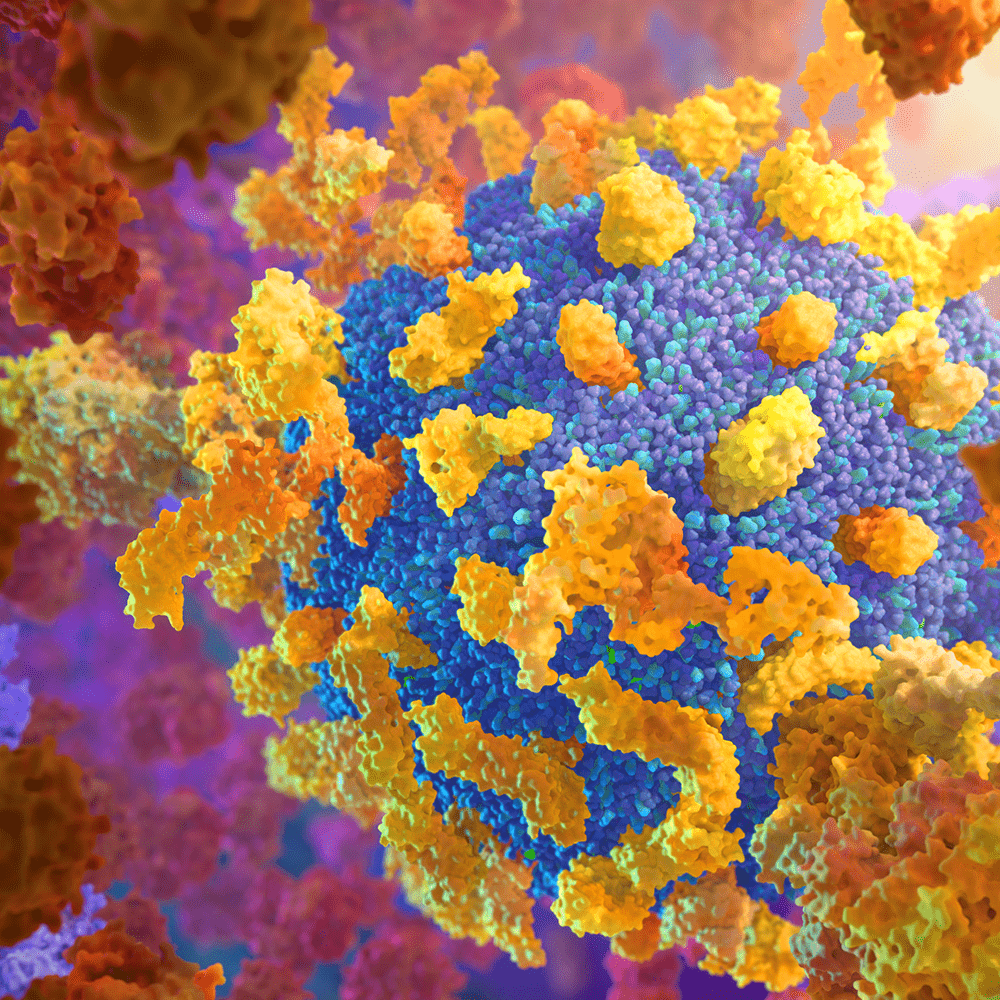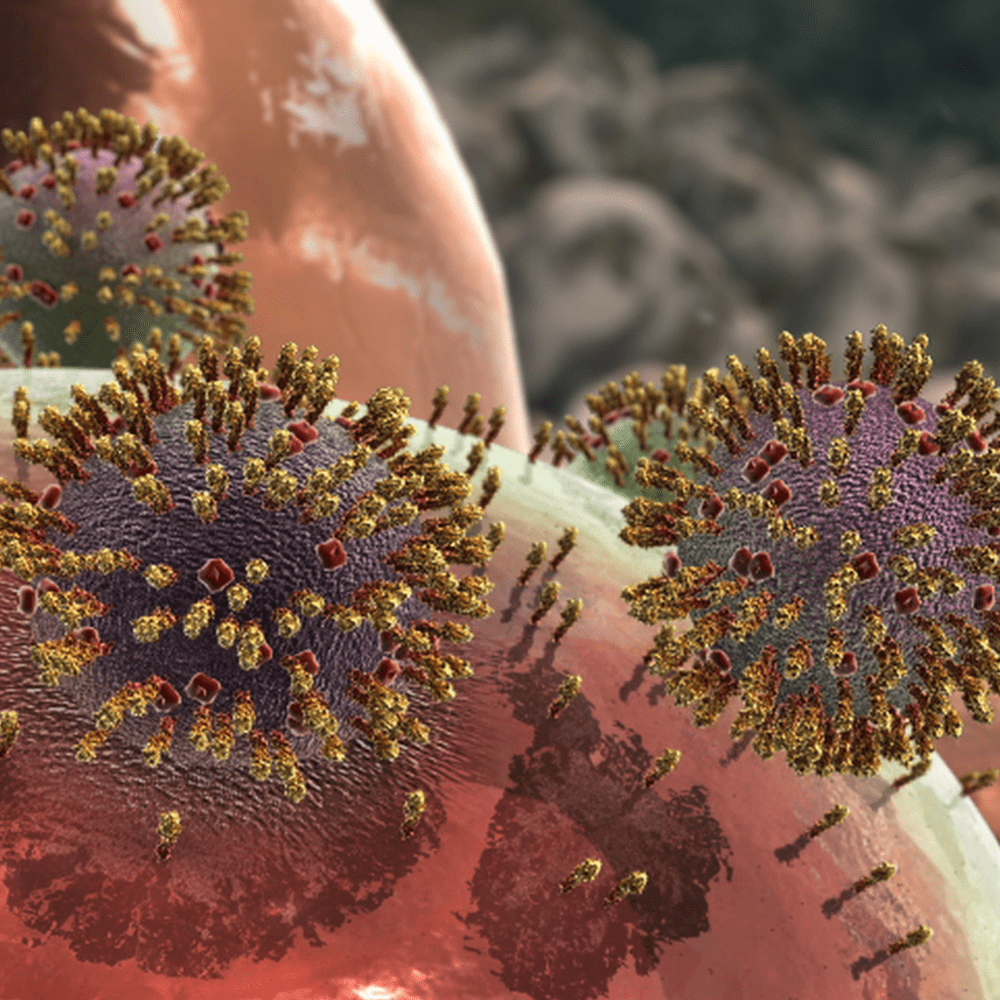The Inner Life of the Cell medical animation was created to help educate college students and, along the way, ended up giving XVIVO an orbital boost. Since its development in 2006, the animation has been used worldwide by educators, scientists, and news outlets to help explain the inner life of a cell and inspired other animators and researchers in their own works.
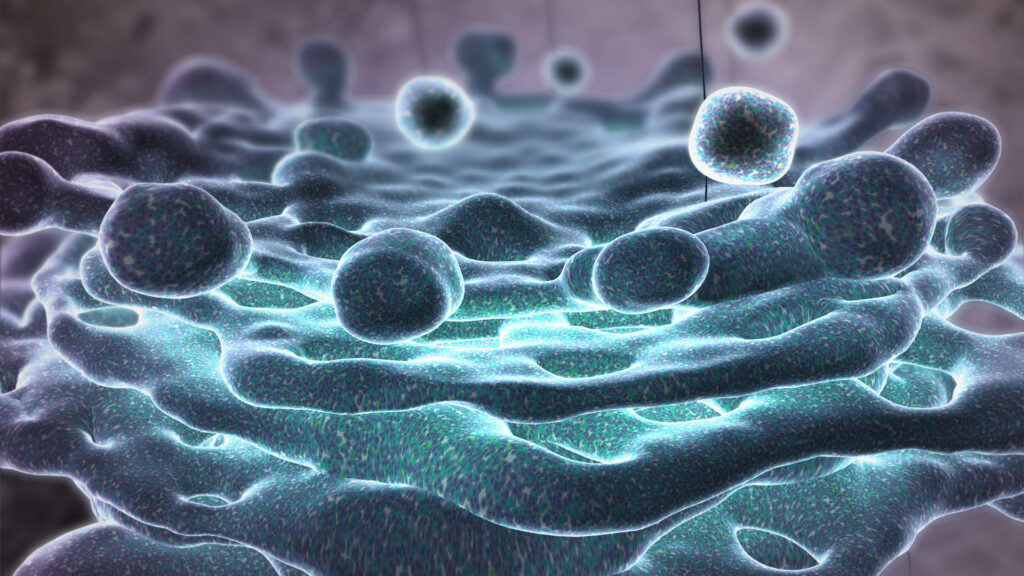
In 2006, Harvard University teamed up with XVIVO to develop a robust medical animation that would take their molecular biology students on a journey through the microscopic world of a cell.
The project was spearheaded by Harvard faculty Dr. Robert A. Lue, then professor of cell biology, and Alan Viel, then associate director of undergraduate research. XVIVO incorporated actual biophysical data that were acquired by the Harvard team into the animation to help inform the visuals.
The “Inner Life of the Cell” depicts what goes on inside one white blood cell, and how the blood cell senses and responds to its surroundings and external stimuli. This massive undertaking, which pushed the cutting edge of scientific animation forward by leaps and bounds, took over a year to complete.
In one section of the animation, we see what has certainly become recognized as the main character, a motor protein that appears to be strolling along while carrying a vesicle.
While the “walking” action of the motor protein may initially seem contrived, this scene is actually a very accurate rendering of the underlying science of the motor protein kinesin as it was understood at the time.
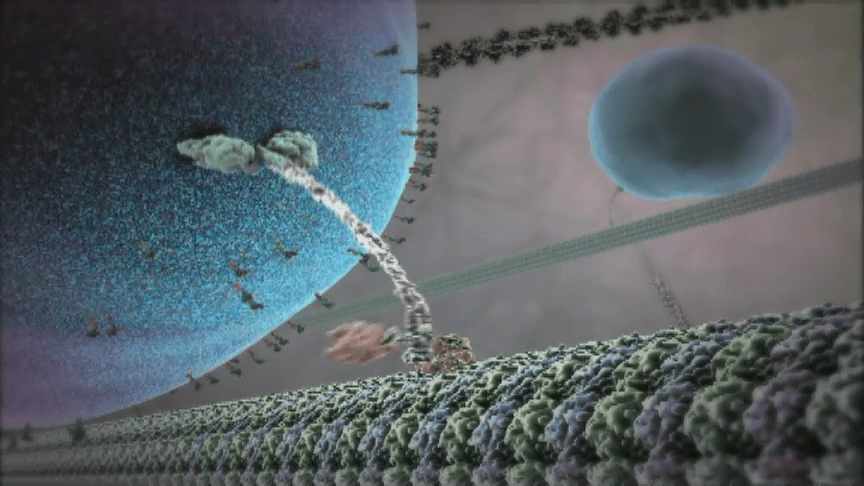
In other scenes, XVIVO and Harvard together decided to add more physical space between objects in the animation and to declutter the surroundings compared to how intracellular parts are arranged in an actual cell, so viewers could get a clearer picture of the focus of each scene and the interaction between the objects.
A 3-minute teaser-length animation was created with only music to accompany the visuals, and other educators such as Dr. Tydell have added their own narration of what is being shown during this clip of Inner Life of the Cell

Inner Life of a Cell debuted at the 2006 SIGGRAPH Computer Animation Festival in Boston, a showcase of the year’s best animations.
What followed was an explosion of interest in the animation, with educators across the US and the world sharing the new teaching tool and various news outlets singing the praises of how we brought cell biology to life.
XVIVO and Harvard went on to create two more videos in this series with Harvard. “Powering the Cell: Mitochondria” was created to show how ATP is produced along the inner mitochondrial membrane.

And in 2013, “The Inner Life of the Cell: Protein Packing” was created to illustrate the crowded molecular environment present in cells.
Both of these follow-on animations expanded upon the cinematic visuals and score of the first installation, while staying true to the science, for example including Brownian (random) motion in the depicted molecules (what looks like the jitterbug to award-winning New York Times science columnist Carl Zimmer).
StudioDaily interviewed the Harvard and XVIVO teams for an in-depth profile of the series after all 3 animations were complete. In it, the team discusses the science and art that made an “elegant combination of veritas and sheet novelty.”
In addition to educational use in the classroom, the Inner Life of a Cell animation series has been shown at The Koshland museum in DC, the Museum of Modern Art in New York, the Palais de la Decouverte in Paris, on the Oprah show, and has been used by Francis Collins of the NIH for a talk at the World Economic Forum in Davos and by Steven Hawking in his Genius series, among others.

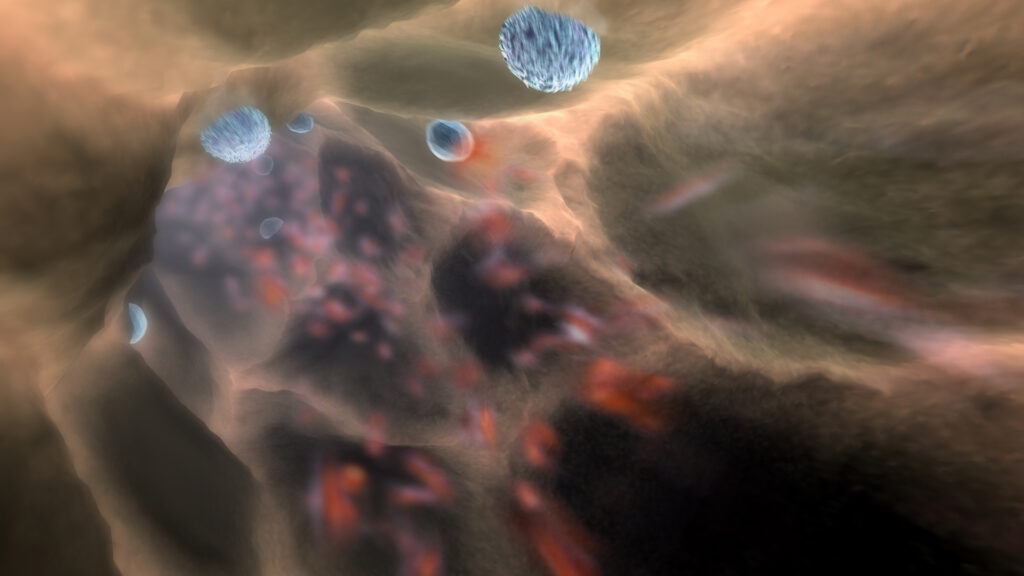
Inner Life has had a global impact on scientific education and animation. Wired UK featured the animation in the article Our Inner Space from their print magazine, noting how CGI can “reveal the beauty of our hidden biology.”
It is such a popular video that it has its own Wikipedia page, and the original version of the Inner Life of the Cell teaser has over 3.5 million views on YouTube. This animation series has also inspired scientists at the University of Utrecht and McGill University in their own scientific research and visualizations, and been likened to works by the musician Björk.
Inner Life has sprouted pop culture memes (like the Haters gonna hate gif showing the motor protein’s “swagger”), TikTok videos, and is frequently mentioned on Reddit, with comments such as “Not going to lie, this was earth-shatteringly beautiful and really moving to me.”
Even the music has its own following, with its dramatic piano and epic soundtrack.
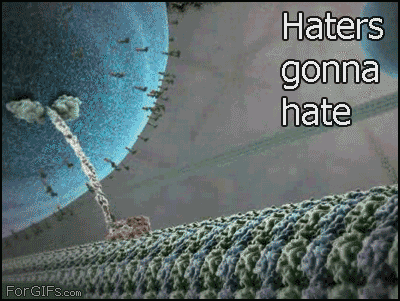
“Perhaps the pivotal moment for molecular animations came four years ago with a video called The Inner Life of the Cell”, the New York Times described Inner Life, pushed medical animation beyond the academic-looking options that were available in 2006. Inner Life of the Cell has been described as stunning, breathtaking, gorgeous, enchanting.
This award-winning cinematic animation put XVIVO on the map over 15 years ago and allowed us to partner with so many exciting and inspiring colleagues since then.
We are so grateful to Rob Lue and all he did to further molecular visualization, Alain Viel for his research and continued partnership, the great artists who have contributed to these animations, and the educators who work tirelessly to help expand science literacy around the world.
Related Animations
